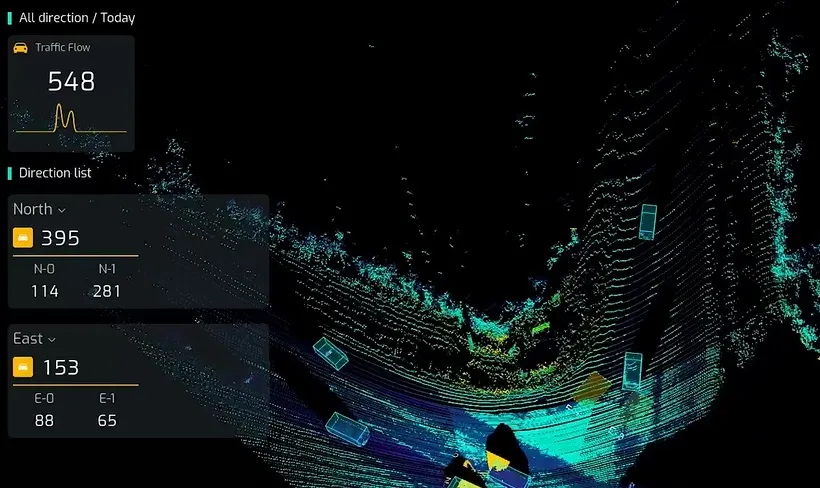The District of Saanich’s Police Department in British Columbia, Canada, has awarded Global Traffic Technologies (GTT) a contract for the implementation of its latest-generation GPS-enabled Opticom pre-emption solution, which works alongside intersection controllers to help ensure emergency vehicles can move through intersections rapidly and safely. Saanich Fire Department is already a user of the Opticom system.
The system includes a GPS component for location, direction, speed and ETA, as well as wirel
November 15, 2016
Read time: 1 min
The District of Saanich’s Police Department in British Columbia, Canada, has awarded 542 Global Traffic Technologies (GTT) a contract for the implementation of its latest-generation GPS-enabled Opticom pre-emption solution, which works alongside intersection controllers to help ensure emergency vehicles can move through intersections rapidly and safely. Saanich Fire Department is already a user of the Opticom system.
The system includes a GPS component for location, direction, speed and ETA, as well as wireless radio communications between authorised emergency vehicles and the intersections they approach. When an emergency vehicle needs to navigate an intersection quickly and safely, a request is sent to the intersection’s controller ahead of its arrival, turning the light green and clearing a path to enable the vehicle’s safe passage.
The system includes a GPS component for location, direction, speed and ETA, as well as wireless radio communications between authorised emergency vehicles and the intersections they approach. When an emergency vehicle needs to navigate an intersection quickly and safely, a request is sent to the intersection’s controller ahead of its arrival, turning the light green and clearing a path to enable the vehicle’s safe passage.










